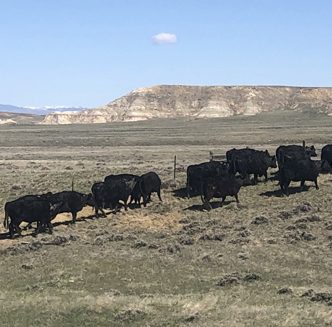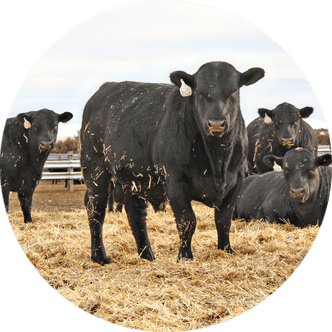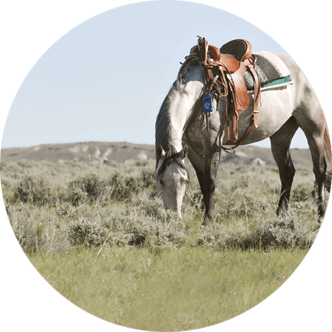USDA launches five-pronged plan, sterile fly facility to combat spread of NWS
At a recent news conference, U.S. Secretary of Agriculture Brooke Rollins and the U.S. Department of Agriculture (USDA) announced a “bold new initiative” aimed at stopping the spread of New World screwworm (NWS).
On June 18, Rollins announced updates to USDA’s ongoing efforts to combat the threat of NWS near the Southern Border, including plans for an $8.5 million sterile fly dispersal facility in South Texas and a five-pronged approach to “enhance the USDA’s already robust ability to detect, control and eliminate” the threat of NWS in the U.S.
Concerns for producers
News of the deadly screwworm – a parasitic fly with a penchant for live flesh – has been rocking the agricultural sector since it was first reported in Central America in 2022, with reports of NWS in Mexico arriving by late 2024.
The parasite has been posing problems for cattle producers throughout Mexico. since it was first observed less than 700 miles from the U.S.-Mexico border.
An outbreak in the U.S. would pose serious risks to the cattle industry, as some of the nation’s largest cattle operations are located near the Southern Border in states like Texas and Florida.
Industry experts believe eradication of NWS is possible if elimination efforts take an aggressive and proactive approach.
Combative measures
Rollins’ recent initiative is the latest in a series of ongoing plans and legislation aimed at equipping U.S. agriculturists to stop the screwworm’s northward spread.
Roughly a week prior to Rollins rolling out the sterile fly facility plan, U.S. Sen. Ronny Jackson (R-TX) reintroduced the Foreign Animal Disease Prevention, Surveillance and Rapid Response Act to Congress.
The proposed act features a three-pronged approach to combatting foreign diseases like NWS and would provide essential long-term funding and support for infrastructure aimed at preventing, controlling and eradicating foreign disease outbreaks such as the proposed sterile fly facility. As such, Jackson was quick to voice support for Rollins’ proposed initiative.
“The NWS poses a serious threat to our cattle, economy and food supply, but with Rollins’ leadership and USDA’s new five-pronged strategy, we’re taking aggressive action to stop it and protect America’s farmers and ranchers,” Jackson says.
“As the representative for the largest cattle-feeding district, I am committed to working closely with the secretary to ensure we have every necessary tool to safeguard our livestock producers and feeders and their way of life,” he continues.
Sterile insect technique
Sterile flies are the only proven way to stop reproduction of the NWS. The technique is used actively in Mexico and Latin America and was employed in the U.S. against NWS to the point of eradication decades ago.
In 1966, the U.S. successfully shut down an outbreak of NWS through the sterile fly technique, which works by hatching sterile male screwworm flies in captivity and releasing them to mate with wild females.
Since the screwworm only breeds once, this technique is generally effective in reducing numbers of reproducing flies.
Positive outlook
Although news of NWS has certainly taken agricultural news by storm in recent weeks, the future does look promising. With all the buzz surrounding the screwworm, it is important to remember NWS has been eradicated using the sterile fly technique before, making Rollins’ proposed plan very good news for concerned agriculturists everywhere.
“The U.S. has defeated NWS before, and we will do it again,” Rollins emphasizes. “We have the proven tools, strong domestic and international partnerships and the grit needed to win this battle.”
Grace Skavdahl is the editor of the Wyoming Livestock Roundup. Send comments on this article to roundup@wylr.net.





